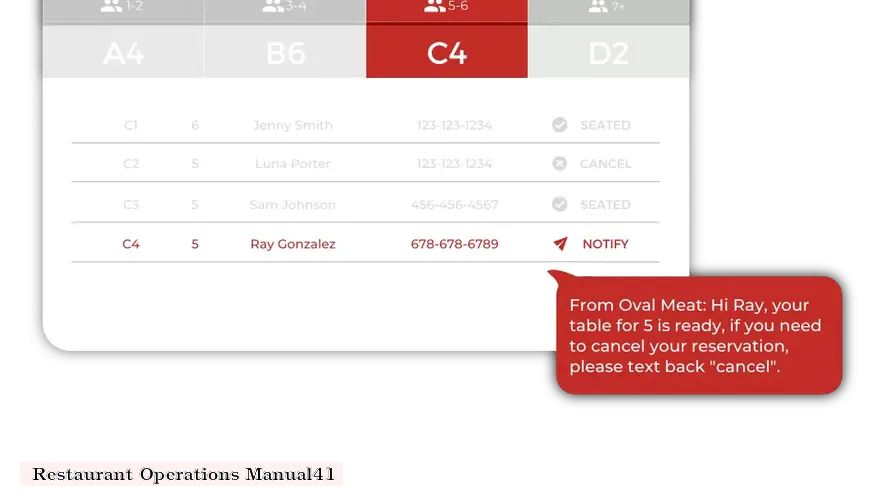

Introduction
A restaurant operations manual is an essential document that outlines the standard operating procedures (SOPs) for all aspects of a restaurant's operations. It serves as a comprehensive guide for employees, ensuring consistency, efficiency, and compliance with industry regulations.
Purpose and Benefits
Key Components
A comprehensive restaurant operations manual typically includes the following sections:
Development and Implementation
Developing a restaurant operations manual is a collaborative process that involves input from all levels of management and staff. It should be tailored to the specific needs of the restaurant and regularly updated to reflect changes in operations or regulations.
To ensure effective implementation, the manual should be:
Conclusion
A well-developed and implemented restaurant operations manual is a valuable asset for any restaurant business. It provides a comprehensive guide for employees, ensuring consistency, efficiency, and compliance. By following the procedures outlined in the manual, restaurants can improve their operations, enhance customer satisfaction, and achieve long-term success.
DISCLAIMER: This information is provided for general informational purposes only, and publication does not constitute an endorsement. Kwick365 does not warrant the accuracy or completeness of any information, text, graphics, links, or other items contained within this content. Kwick365 does not guarantee you will achieve any specific results if you follow any advice herein. It may be advisable for you to consult with a professional such as a lawyer, accountant, or business advisor for advice specific to your situation.
today
Copyright © 2025 Kwick365.com
Designed by KwickPOS is the best restaurant POS